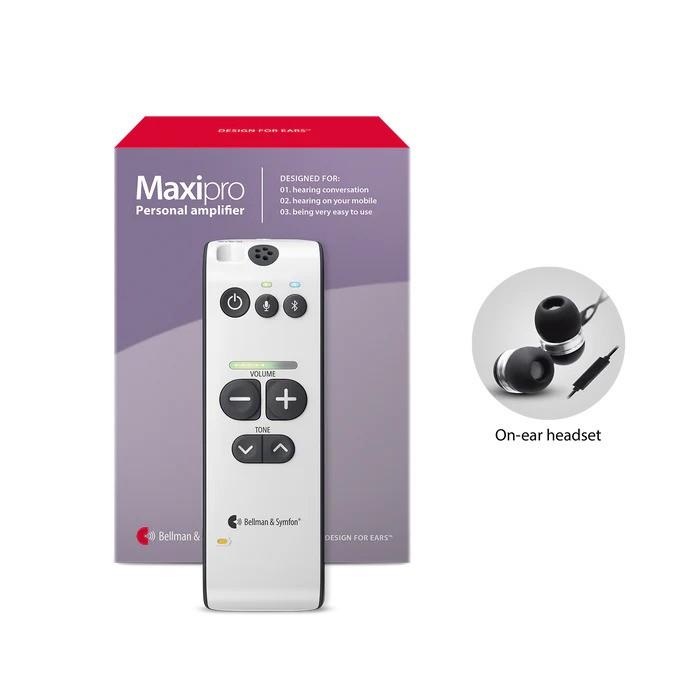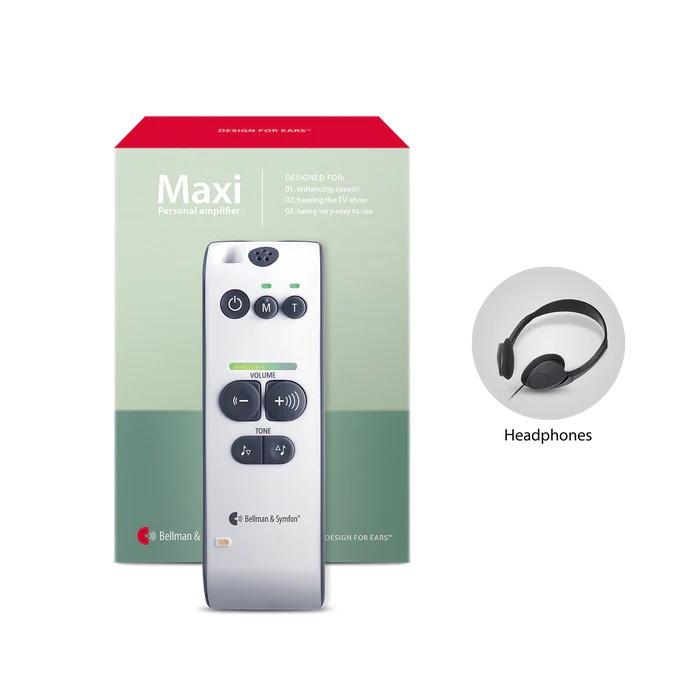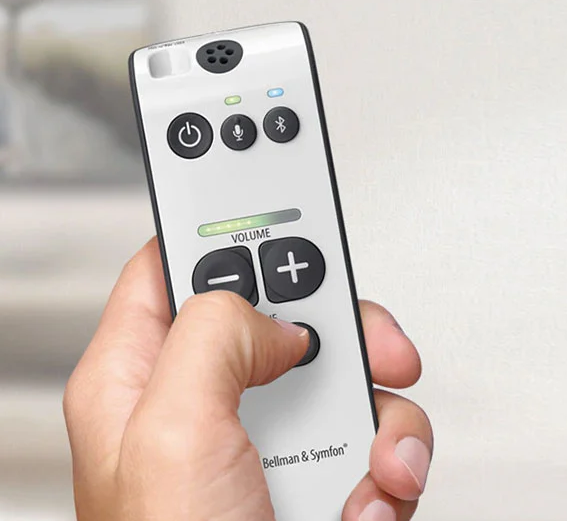Hearing amplifiers are transforming how people with hearing difficulties experience the world. If you want to improve your auditory experience, you've come to the right place. This guide will explore the ins and outs of hearing amplifiers, from what they are and how they work to the various types available. We'll dive deep into personal hearing amplifiers, sound amplifiers, and essential hearing aid accessories, helping you find the perfect solution for your hearing needs.
What Are Hearing Amplifiers?
Hearing amplifiers are electronic devices designed to make sounds louder for individuals who have trouble hearing. Unlike hearing aids prescribed by audiologists and customized to your hearing profile, hearing amplifiers are available over the counter. They amplify all surrounding sounds rather than focusing on specific frequencies, making them a more general solution for mild to moderate hearing loss.

These devices are ideal for those who need to boost their hearing ability for everyday activities like conversations, watching TV, or enjoying social gatherings. They are a cost-effective and convenient alternative to enhancing one's hearing experience without the need for a prescription.
How Do Hearing Amplifiers Work?
Understanding how hearing amplifiers work can help you appreciate their benefits:
- Microphone: The device picks up ambient sounds through a built-in microphone.
- Amplifier: The microphone transmits the sound to an amplifier that increases its volume.
- Speaker: The amplified sound is then delivered to your ear via a speaker.
Many modern hearing amplifiers come with adjustable settings, allowing you to fine-tune the amplification based on your environment. Features like directional microphones can help you focus on sounds from specific directions, making them particularly useful in noisy settings.
Personal Hearing Amplifiers: Tailored for Everyday Use
Personal hearing amplifiers, often called PSAPs (Personal Sound Amplifiers), are designed to assist those with mild hearing loss or those needing extra help in specific situations. Unlike prescription hearing aids, PSAPs are available without a prescription and are generally more affordable.
Key Features of Personal Hearing Amplifiers:
- Adjustable Volume: Customize the amplification level to match your hearing needs.
- Comfortable Fit: Designed to fit discreetly in or behind the ear, ensuring comfort and minimal visibility.
- User-Friendly: Easy to operate with straightforward controls for adjustments.
Advantages:
- Affordable: Less expensive than prescription hearing aids, making them cost-effective.
- Convenient: No need for a prescription, allowing for immediate use.
- Versatile: Effective in various social events, watching TV, or outdoor activities.
Personal hearing amplifiers are a great choice if you're seeking an easy-to-use, budget-friendly solution to enhance your hearing.
Sound Amplifiers: More Than Just Hearing Aids
Sound amplifiers cover a broader spectrum than just hearing aids. While they include devices that enhance personal hearing, they also play a role in various audio applications, from public speaking to music performances.
Types of Sound Amplifiers:
- Analog Sound Amplifiers: Use traditional electronics to boost sound. They're known for their reliability and simplicity.
- Digital Sound Amplifiers: Employ digital technology to enhance sound quality, often including features like noise reduction and multiple listening modes.
Applications:
- Hearing Assistance: Amplify surrounding sounds for those with hearing challenges.
- Audio Enhancement: Improve sound clarity and volume in public address systems, concerts, and other events.
Sound amplifiers are versatile tools that enhance auditory experiences in personal and professional settings.

Hearing Aid Accessories: Enhancing Your Hearing Aid Experience
Hearing aid accessories are designed to complement and enhance the functionality of hearing aids. While hearing amplifiers and hearing aids serve different purposes, accessories can significantly improve the performance and comfort of hearing aids.
Essential Hearing Aid Accessories:
- Remote Controls: Allow you to adjust settings and volume without handling the device.
- Earwax Guards: Prevent earwax from clogging and damaging hearing aids.
- Cleaning Kits: Ensure your hearing aids stay in good condition with regular cleaning and maintenance.
- Bluetooth Adapters: Connect hearing aids to smartphones and other devices for direct audio streaming.
Benefits:
- Enhanced Functionality: Accessories add extra features and controls to your hearing aids.
- Improved Comfort: Custom earmolds and cushioned tips increase comfort and reduce irritation.
- Better Maintenance: Accessories help maintain your hearing aids, extending their lifespan and effectiveness.
The right accessories can significantly enhance your hearing aid experience, making them more comfortable and practical.
Choosing the Right Hearing Amplifier
Selecting the suitable hearing amplifier involves several considerations:
- Type of Amplifier: Choose between in-the-ear, behind-the-ear, or body-worn amplifiers based on your needs and preferences.
- Features: Look for features that suit your lifestyle, such as adjustable volume, directional microphones, or Bluetooth compatibility.
- Comfort and Fit: Ensure the device fits comfortably, mainly if used for extended periods.
- Budget: Find an amplifier that fits your budget while offering the needed features.
Final Thoughts
Hearing amplifiers, personal hearing amplifiers, and hearing aid accessories are crucial in improving hearing experiences. By understanding these options and considering your specific needs, you can make an informed choice that enhances your auditory experience and overall quality of life.
